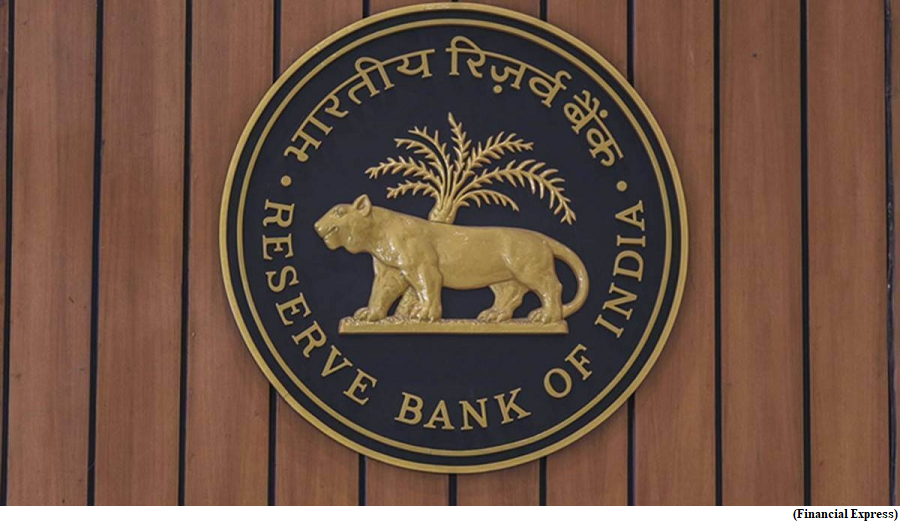Building financial resilience through Lightweight Payment and Settlement System (GS Paper 3, Economy)

Context:
- As a part of Utkarsh 2.0, Reserve Bank of India has planned to place a framework for oversight of its payment systems.
Details:
- With the implementation of the Indian digital stack and a significant rise in digital payment usage, the country has witnessed a remarkable shift towards a cashless economy.
- As a part of Utkarsh 2.0, Reserve Bank of India has planned to place a framework for oversight of its payment systems.
- Such a lightweight and portable payment system could ensure near zero downtime of the payment and settlement system in the country and keep the liquidity pipeline of the economy alive and intact by facilitating uninterrupted functioning of essential payment services like bulk payments, interbank payments and provision of cash to participant institutions.
What is LPSS?
- A lightweight payment and settlement system (LPSS) refers to a financial infrastructure that enables offline transactions and settlements securely and efficiently, particularly in situations where online connectivity may be limited or unavailable. It will work as an alternative to the traditional online payment systems.
- However, it is important to acknowledge the inherent vulnerabilities of online transactions when faced with natural disasters, calamities, or infrastructure failures.
- In such situations, power outages, disrupted internet connectivity, and damaged telecommunication networks can render online payment systems ineffective, leaving individuals and businesses stranded without access to essential financial services.
- Typically, an LPSS allows for transactions using technologies such as Near Field Communication (NFC), Quick Response (QR) codes, or contactless smart cards. These technologies allow for the transfer of funds between parties without the need for an online connection.
- The system can be implemented through apps, dedicated smart cards, or other devices that facilitate the transfer of payment information.
Global examples:
- Japan, a country prone to earthquakes, implemented the “FeliCa” contactless payment system, enabling offline transactions via smartphones or smart cards. This system has proven invaluable during emergencies, allowing people to make payments even when conventional e-systems fail.
- Similarly, Kenya’s M-Pesa has an offline mobile-based payment system.
- iZettle (Sweden) is a mobile point-of-sale (mPOS) system that enables offline card payments through a small card reader connected to a smart device, allowing merchants to accept payments in areas with limited or no internet connectivity.
Dual approach:
- To ensure maximum effectiveness and inclusivity, a dual approach to an LPSS should be considered.
- While it should be readily accessible at the retail level, empowering individuals and small businesses to continue transacting during emergencies, it should also cater to larger-scale payments. By implementing such a system across various sectors, the nation’s economic backbone can remain resilient.
Retail level:
- At the retail level, an LPSS can significantly alleviate the financial burdens faced by individuals during disasters.
- Small-ticket payments, the backbone of various industries, can continue, safeguarding livelihoods.
- This will enhance financial inclusion and foster business resilience, particularly for street vendors, local merchants, and micro-enterprises.
Larger-scale payments:
- Ensuring the availability of an LPSS for larger-scale payments is equally vital. Industries such as healthcare, manufacturing, and logistics heavily depend on uninterrupted financial operations.
- By implementing an offline payment system for these sectors, the impact of disasters can be minimised, ensuring the continued delivery of vital services and resources.
- The LPSS should encompass larger-scale payments, ensuring the resilience of the nation’s economic backbone in times of adversity.
As a complementary system:
- It is important to view the LPSS as a complementary system rather than a replacement for existing digital payment platforms.
- By integrating the lightweight system into the digital payment ecosystem, India can create a robust and comprehensive financial infrastructure. This integration will combine the convenience and efficiency of online transactions with the reliability and resilience of offline alternatives.
- The LPSS should be seamlessly integrated into existing platforms, offering a cohesive and comprehensive payment ecosystem.
Way Forward:
- A good LPSS can offer the opportunity to enhance resilience, promote financial inclusion, improve oversight capabilities, accelerate settlement times, foster innovation for newer offline payment solutions, and create a more competitive financial ecosystem.
- The implementation of a comprehensive LPSS presents an opportunity for Indian startups to innovate and develop new payment solutions.
- With the right regulatory support, including sandboxes, startups can leverage the concept of LPSS to construct newer payment ideas. After all, Indian startups have pioneered some of the global-best and global-first in this space.


